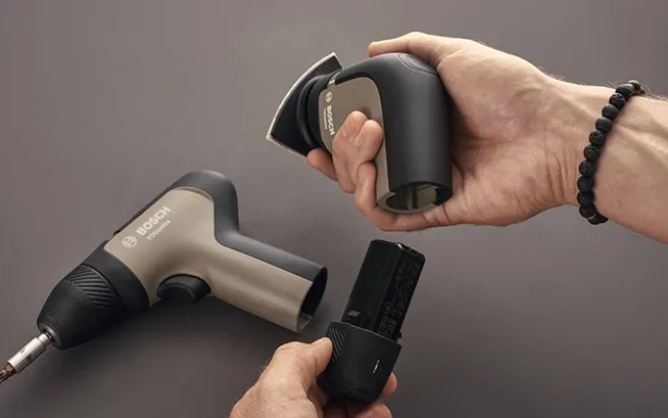Jan. 24, 2024
Mechanical Parts & Fabrication Services
In the realm of manufacturing, precision and technique play pivotal roles, and two processes that often come into play are overmolding and molding. These methods, while sharing similarities, serve distinct purposes in the production of various components. In this article, we will delve into the key differences between overmolding and molding, providing clarity on their respective applications and advantages.
Understanding Molding
The Basics of Molding
Molding, in its broad sense, refers to the process of shaping raw material, typically a plastic or metal, into a specific form using a mold. This molding process involves the application of heat and pressure to achieve the desired shape. Traditional molding methods include injection molding, compression molding, and rotational molding.
Single Material Application
One defining characteristic of molding is that it involves the use of a single material to create a part or product. The chosen material is heated, injected into the mold, and cooled to solidify into the final shape. This simplicity in material composition distinguishes molding from overmolding.
Unveiling the Concept of Overmolding
Layering Materials for Enhanced Functionality
Overmolding takes the molding process a step further by introducing the concept of layering different materials onto a base substrate. This technique allows for the creation of multi-material components, adding layers with distinct properties for improved functionality, aesthetics, or ergonomic benefits.

The Two-Step Process
Overmolding typically involves a two-step process. The first material, often a rigid plastic, is molded onto the base component. In the second step, a second material, usually a softer and more flexible elastomer, is added to specific areas, enhancing grip, comfort, or providing additional protective layers.
Key Differences Between Overmolding and Molding
Material Complexity
The primary difference lies in the complexity of materials used. While molding involves a single material, overmolding incorporates multiple materials with different properties. This distinction allows manufacturers to create intricate components with enhanced functionalities.
Enhanced Design Possibilities
Overmolding opens up a realm of design possibilities that traditional molding may find challenging to achieve. The ability to combine materials with varying textures, colors, and hardness levels enables the creation of innovative and ergonomic products.
Increased Component Durability
The layering of materials in overmolding often results in components with increased durability. By strategically placing materials with specific properties, manufacturers can improve wear resistance, impact absorption, and overall longevity of the finished product.
Applications in Industry
Molding Applications
Traditional molding processes find applications in various industries, including automotive, electronics, and consumer goods. Products range from intricate plastic components to metal parts molded for precision and uniformity.
Overmolding Innovations
Overmolding service, on the other hand, is commonly employed in industries where enhanced functionality or aesthetics are critical. It is prevalent in the production of tool handles, electronic device casings, and medical devices, where the combination of materials adds value to the end product.
Making Informed Manufacturing Choices
Considerations for Material Selection
When deciding between molding and overmolding, manufacturers must consider the specific requirements of the end product. Molding may be suitable for simpler components, while overmolding offers a versatile solution for products demanding multi-material compositions.
Conclusion
In summary, while molding and overmolding share a common foundation in shaping materials using molds, their approaches and applications diverge significantly. Molding focuses on simplicity with single-material compositions, while overmolding introduces complexity by layering materials for enhanced functionality and design innovation. Understanding these differences empowers manufacturers to make informed choices based on the unique demands of their projects.
Previous: How to Make Your Own Gear Part 1: Sourcing Fabric and Materials
Next: What are the fuel efficiency ratings of Kubota Diesel Engines?
If you are interested in sending in a Guest Blogger Submission,welcome to write for us!
All Comments ( 0 )